The latest research progress on rational design of electrode materials for
high-performance alkaline secondary batteries
In addition to the advantages of low cost, good safety, low toxicity, and
environmental friendliness, alkaline secondary batteries (ARBs) also have the
advantage of higher theoretical energy density than ARABs. In order to improve
the electrochemical performance of the alkaline energy storage system, that is,
the energy density, power density, cycle life, and high rate of the energy
storage system
In addition to the advantages of low cost, good safety, low toxicity, and
environmental friendliness, alkaline secondary batteries (ARBs) also have the
advantage of higher theoretical energy density than ARABs. In order to improve
the electrochemical performance of the alkaline energy storage system, that is,
the energy density, power density, cycle life, high rate performance, etc. of
the energy storage system, people have made a lot of attempts and explored new
electrode materials suitable for alkaline batteries. Numerous reports have
recognized that the electrochemical performance of these systems is largely
dependent on the intrinsic phase properties as well as the structural and
surface properties of the electrode materials. Previously, some researchers
reviewed and summarized the work related to rechargeable alkaline energy storage
systems. However, these reviews focus on various specific aspects of alkaline
batteries, but there is no comprehensive and timely review and summary of the
latest developments in alkaline rechargeable energy storage systems. Therefore,
this paper makes a more comprehensive review and summary of the rational design
of electrode materials and the latest developments in alkaline batteries. The
article was published in the top international journal Adv.Func.Mater. The first
author is Huang Meng.
【Graphic Details】
1. Chemical principle and classification of alkaline batteries
1) Alkaline battery chemistry
Compared with ARABs, ARBs have higher energy density and power density,
which can fill the gap between Li-ion batteries and supercapacitors (SCs). The
electrochemical behavior of LIBs in aqueous and non-aqueous electrolytes plays a
role of charge transfer in the intercalation/deintercalation and conversion of
lithium ions. In alkaline electrolytes, the H+ intercalation/extraction and
conversion mechanism of ARBs dominates the charge transfer between electrolytes
and electrolytes. Although the same faradaic reaction mechanism occurs in ARBs
and pseudocapacitive SCs, both the surface and bulk electrode materials of the
former participate in the reaction of alkaline batteries, which is similar to
the reaction in LIBs, but pseudocapacitive SCs only involve the surface of the
active material. / Near-surface reactions. Reflected in cyclic voltammetry (CV)
and galvanostatic charge-discharge, strong Faradaic redox peaks and obvious
voltage plateaus appeared in the electrochemical process of ARBs, which are
different from the nearly rectangular curves and linear voltage curves of
SCs.
2) Alkaline battery classification
Based on the classification of positive electrode materials, alkaline
batteries mainly include manganese-based, nickel-based and cobalt-based alkaline
batteries.
Manganese-based alkaline batteries: Due to the low redox potential of
manganese dioxide, this positive electrode is usually paired with a zinc
negative electrode, and its working principle can be simplified as:
Positive electrode: MnO2+H2O+e-←→MnOOH+OH-, H+ insertion/extraction (4)
Negative electrode: Zn+4OH-←→[Zn(OH)4]2-+2e-, dissolution/precipitation
process (5)
Full battery: 2MnO2+Zn+2H2O+2OH-←→[Zn(OH)4]2-+2MnOOH (6)
Nickel-based alkaline batteries: Nickel-based alkaline batteries include
nickel-zinc, nickel-iron, nickel-cobalt, nickel-bismuth, nickel-cadmium, and
nickel-metal hydride batteries.
The nickel-zinc battery has high energy/power density, high discharge
voltage of ~1.75V, theoretical specific capacity of 372Whkg-1, and low cost.
Nickel-based cathodes usually undergo the following electrochemical
reactions:
NiOOH+H2O+e-←→Ni(OH)2+OH-, H+ insertion/extraction (8)
Therefore, the overall reaction equation of the nickel-zinc alkaline
battery is as follows:
2NiOH+Zn+2H2O+2OH-←→[Zn(OH)4]2-+2Ni(OH)2 (9)
Cobalt-based alkaline battery: usually composed of Co3O4 positive electrode
and zinc negative electrode. According to the quality of Co3O4 positive
electrode and zinc negative electrode, cobalt-zinc alkaline battery has a high
energy density of 516Whkg-1 and a working voltage of 1.78V. The Co3O4 cathode
can be converted to CoO2 through a two-step reaction:
Transformation: Co3O4+OH-+H2O←→3COOOH+e-(20)
H+ insertion/extraction: CoOOH+OH-←→CoO2+H2O+e- (21)
The full cell reaction can be described as follows:
2[Zn(OH)4]2-+CO3O4←→3CoO2+2Zn+2H2O+4OH-
2 Cathode material design
2.1 Electrochemical regulation
2.1.1 Manganese-based cathode materials
Hertzberg et al. synthesized a Bi2O3/β-MnO2 composite (MBDB) cathode
material. When tested in a mixed KOH/LiOH (1:3) electrolyte, because the
formation of ZnMn2O4 was prevented, the material released a capacity of
360mAh/g, and exhibited excellent cycle stability.
Figure 1. a) Reaction mechanism of MnO2 cathode material. b) Cycling
performance of MBDB in 1MKOH+3MLiOH. c) In situ EDXRD study of MBDB cycling in
1MKOH+3MLiOH electrolyte. d) Possible phase transition process of MBDB in
1MKOH+3MLiOH electrolyte.
In order to achieve the two-electron capacity of the MnO2 positive
electrode, Yadav et al. designed a new type of Bi-Binessite positive electrode
embedded with Cu2+, which released a theoretical capacity of 617mAh/g by
inhibiting the electrochemical pathway of forming Mn3O4, and carried out >
6000 reversible cycles.
Figure 2. Galvanostatic charge-discharge curves of Bi-δ-MnO2 cathode
without a) and with b) Cu2+. c) Cycle performance diagram of Cu2+ intercalated
Bi-δ-MnO2 cathode material with different mass fractions of MnO2. d–f)
Electrochemical reaction process of Cu2+ intercalation in Bi-δ-MnO2 cathode
materials during regeneration.
2.1.2 Nickel-based cathode materials
In order to obtain a high theoretical capacity of the α-Ni(OH)2/γ-Ni(OH)2
redox pair, in addition to ensuring the electrochemical pathway of this redox
pair, the stability of α-Ni(OH)2 should also be considered to avoid side
effects. Gong et al. reported a novel NiCoAl-LDH and carbon nanotube
(NiCoAl-LDH/CNT) composite cathode material for Ni-Zn alkaline batteries. The Al
and Co co-doped α-Ni(OH)2 cathode exhibits a high capacity of 354 mAh/g with
good stability over 2000 cycles at 66.7 A/g.
Figure 3. a) TEM image of NiAlCo-LDH/CNT. b) XRD patterns of
NiAlCo-LDH/CNT, a-Ni(OH)2/CNT, NiAl-LDH/CNT and Ni(OH)2/CNT. c) CV curve at
40mV/s. d) Constant current discharge curve. e) Discharge capacity at different
discharge current densities. f) Capacity cycle retention.
2.2 Structural Design
Using Ni-NiO heterostructure nanosheets as the cathode can also solve the
irreversibility problem of the nickel-based cathode. Scanning electron
microscopy and transmission electron microscopy images show that the Ni-NiO-3
sample consists of a NiO matrix and embedded metallic nickel nanoparticles,
presenting a rough and porous nanosheet morphology (Fig. 4d). Four samples of
Ni-NiO heterostructure nanosheets, especially sample 3, show longer and flatter
discharge plateaus (Fig. 4f) than pure NiO (Fig. 4e) at different current
densities. When the current density is 3.7A/g, the capacity of Ni-NiO-3
electrode material is as high as 5.78mAh/cm2, while the capacity of pure NiO
electrode is 1.62mAh/cm2. After 10,000 cycles at a current density of 18.5 A/g,
Ni-NiO-3 exhibited a capacity retention of 98.9% (Fig. 4f).
Xu et al. designed a Co-doped Ni(OH)2(CNH) cathode material grown on Ni
nanowire arrays (NNA) (Fig. 5c). At current densities ranging from 5 to 10, 15
and 30 A/g, the average discharge capacities of NNA@CNH electrodes were 346,
304, 242 and 158 mAh/g, respectively, while the average discharge capacities of
NNA@Ni(OH)2 were are 272, 189, 150 and 99 mAh/g (Fig. 5d). Under the maximum
mass loading of 4 mg/cm2, the areal capacity of the NNA@CNH electrode increases
almost linearly to about 1 mAh/cm2 (Fig. 5e). When subjected to 5000 cycles at
30 A/g, NNA@CNH retained 90% of its capacity, showing superior cycling
performance, while NNA@Ni(OH)2 only retained 62.1% of its capacity (Fig. 5f).
These three-dimensional structural designs provide more active sites and stable
structures, achieving excellent cyclability and high reversibility of electrode
materials.
Figure 4.d) SEM images of Ni–NiO-3 samples. e) Discharge curves of NiO and
Ni–NiO–X electrode materials at a current density of 3.7 A/g. f) Volume capacity
of NiO and Ni–NiO–X electrode materials as a function of current density.
Figure 5. a) TEM image of SANF electrode material. b) Galvanostatic
discharge curves of the SANF electrode material. c) SEM image of the NNA@CNH
nanostructure, and the inset is a TEM image. d) Rate performance diagrams of
NNA@CNH-1 and NNA@Ni(OH)2 electrode materials. e) Mass and areal capacity of the
NNA@CNH-1 electrode material as a function of mass loading. f) Cycle performance
test of NNA@CNH-1 and NNA@Ni(OH)2 electrode materials.
Recently, our group reported a dendritic Co(CO3)0.5(OH)x 0.11H2O@CoMoO4
(CC-CCH@CMO) cathode material grown on carbon cloth (Fig. 6a). The CV curve of
the CC-CCH@CMO cathode material has two pairs of redox peaks, showing a complete
reduction peak even at 50 mV/s (Fig. 6b). At a current density of 1mA/cm2
(0.36A/g), the electrode can release an areal capacity of 0.72mAh/cm2
(260.2mAh/g) (Figure 6c), and even at a current density of 64mA/cm2 (Figure 6d )
case, it also has a high capacity retention of 67.6%.
Fig. 6. a) HRTEM map of CC–CCH@CMO. b) CV and c) charge-discharge curves of
CC–CCH@CMO. d) Areal capacity of CC–CCH@CMO at different current densities. e)
HRTEM image of the NiCo2S4@NiCo2S4 heterostructure. f) Capacity comparison of
NiCo2S4@NiCo2S4, NiCo2O4@NiCo2O4 heterogeneous nanostructures and NiCo2O4
nanorod arrays at intolerant current densities. g) Schematic diagram of electron
and ion transport in the porous NiCo2S4@NiCo2S4 nanostructure. h) Cycling
performance and Coulombic efficiency diagram of the NiCo2O4@NiCo2O4
heterostructure at a current density of 60 mA/cm2. The inset is the
charge-discharge curve after 10000 cycles.
2.3 Surface modification
In a new research report, Zeng et al. simultaneously introduced oxygen
vacancies and phosphate ions to enhance the capacity and rate performance of
NiCo2O4 cathode materials. The low-temperature electron paramagnetic resonance
test of P-NiCo2O4-x after phosphating treatment shows a strong signal peak with
a g value of 2.27, which proves the formation of Co2+ (Figure 7a). The
introduced oxygen vacancies and surface phosphate ions play an important role in
improving the surface activity and reaction kinetics of NiCo2O4. The P-NiCo2O4-x
electrode also exhibited high cycling stability over 3000 cycles (Fig. 7f).
Figure 7. a) Low-temperature electron paramagnetic resonance spectra of
NiCo2O4 and P–NiCo2O4-x. b) XPS spectrum of O1s. c) Nyquist plots of NiCo2O4 and
P–NiCo2O4-x electrode materials. d) Specific capacity of P–NiCo2O4-x-X electrode
material at different current densities. e) 3000-cycle performance of NiCo2O4
and P–NiCo2O4-x electrode materials.
3 Anode material design
3.1 Anode based on conversion mechanism
3.1.1 Iron-based materials
Recently, Guo et al. proposed an anode material utilizing ultrasmall iron
oxide nanocrystals (mc-FeOx/C) wrapped in graphitic carbon. The as-prepared
mc-FeOx/C showed a high capacity of 370.2 mAh g at 2 A/g, 93.5% retention after
1000 cycles (Fig. 8b), and good rate capability and energy density (Fig. 8c). In
contrast, the capacity retention of conventional FeOx/C composites is only
61.2%. In another work, a strongly coupled nano-iron/carbon nanotube anode
material was designed for high utilization of theoretical capacity. Due to the
guaranteed fast and efficient electron transport, its discharge capacity is
800mAh/g at a current density of 200mA/g. However, the capacity dropped to 423
mAh g after 100 cycles due to the dissolution/reprecipitation of active
materials (Fig. 8d). The stability of this material can be enhanced by additives
and increasing the discharge cut-off voltage, but this change leads to a
decrease in the discharge capacity, but ensures that the electrode is stable for
3500 cycles, with an average Coulombic efficiency of more than 97 at 1C rate and
100% DOD % (Fig. 8e).
Figure 8. a) HRTEM image of mc-FeOx/C. b) Cyclic stability test of
mc-FeOx/C. c) Capacity-current density plots at different current densities. d)
Discharge curves of Fe/MWCNT nanocomposites. e) Cyclic testing of sintered iron
electrode materials at 1C and 100%DOD.
3.1.2 Bismuth-based materials
To better solve the cycling problem of Bi-based anodes and improve the
electrochemical performance, Zeng et al. adopted a structure design strategy
followed by annealing at 200 °C to synthesize a three-dimensional layered Bi200
nanostructure (Fig. 9a). The specific capacity of the Bi200 electrode material
is as high as 96.2mAh/g at 4.5A/g, and the capacity at 45A/g is still maintained
at 90.5mAh/g (Figure 9c); after 10,000 cycles at 30A/g, the capacity fades less
than 4% (Fig. 9d).
Figure 9. SEM images of Bi200 samples. b) TEM image of Bi200 sample. c)
Discharge curves of Bi200 samples. d) 10,000-cycle performance of untreated Bi
and Bi200 electrode materials at a current density of 30 A/g and capacity
retention of three different Bi200 electrode materials before and after cycling.
e) SEM and f) HRTEM images of the P–Bi–C electrode material. g) Areal capacity
and capacity retention of Bi–C and P–Bi–C electrode materials at different
current densities.
Combined with the three-dimensional structural design, the introduction of
pores can achieve higher capacity and energy density of electrode materials.
Recently, Zeng et al. synthesized a 3D porous Bi nanoparticle/ carbon composite
material (P-Bi-C), the P-Bi-C electrode has an areal capacity of 2.11mAh/cm2
(166.2mAh/g) at 6mA/cm2, even at a high current density of 120mA/cm2, It can
also supply 56.5% of the initial capacity, which is much higher than that of
Bi-C electrodes (Fig. 9g).
3.2 Anode based on dissolution deposition mechanism
Wu et al. attributed the growth of zinc dendrites to different chemical
reaction rates (K(E)) in different regions of the same zinc sheet, which can be
expressed as:
Zn(OH)42-+2e←→Zn+4OH-, K(E)=K0exp[-αneF(E0-E)/RT](30)
In general, the local current density on the positive electrode is
different from the input current applied by the test equipment, which is related
to the shape of the local area, and the difference in current density is a key
factor for the formation of zinc dendrites. Due to the non-absolute smoothness
of the electrode surface, different overpotential η (E0-E) will lead to
different current densities in different regions of the same zinc cathode. To
maintain a consistent overpotential and ensure a uniform local current density,
the researchers fabricated a flexible Zn anode by electrodepositing Zn on carbon
cloth fibers (Zn@CF). Here, the resistance (R) of the Zn@CF anode is similar to
that of the Zn plate due to the good electrical conductivity of the carbon
cloth. However, in zinc-carbon fiber electrodes, due to the large specific
surface area and high conductivity of zinc-carbon fiber electrodes during the
cycling of the battery, its η (i.e., the difference in local current density) is
smaller than that of zinc flakes, resulting in electrochemical redox kinetics
Faster, Zn/Zn2+ redox reaction has better reversibility during charge and
discharge. Therefore, the Zn@CF electrode shows more efficient ion and electron
diffusion and reaction sites compared with the Zn flakes to ensure the uniform
deposition of Zn (Fig. 10a–b). The results show that the Zn@CF electrode
successfully suppresses the formation of Zn(OH)2 and ZnO, and at the same time
suppresses the formation of dendrites, improving the rate performance of the
Zn@CF electrode.
Schematic illustration of the formation mechanism of Zn dendrites, Zn(OH)2,
and ZnO on a) Zn flakes and b) Zn@CF. c) Schematic comparison of traditional Zn
powder and sponge-like 3DZn anodes. d) Charge-discharge curve of Ni-3D zinc
battery. e-g) SEM image of sponge-like 3DZn anode after >100 cycles, test
conditions: Ni–3DZn battery discharged to 40% DODZn at 25mA/cm2 and then charged
at 10mA/cm2.
Parker et al. studied the spongy 3DZn anode material with high DOD, as
shown in Figure 10c, the spongy 3DZn anode exhibits no dendritic structure after
repeated cycles, which is due to the redesigned 3DZn anode has a monolithic,
porous, non-periodic structure . The sponge-like 3DZn achieves an average DOD of
91% (743 mAh/g) and recovers 95% of its capacity from these extreme deep
discharges (Fig. 10d). SEM images of the cycled sponge-like 3DZn discharged to
40% DOD at 25mA/cm2 and recharged at 10mAcm-2 show a uniformly reorganized
surface with no evidence of dendritic structures and maintain good porosity and
Interconnectivity (Fig. 10e–g).
3.3 Negative electrode based on hydrogen adsorption-desorption
mechanism
Fu and co-workers demonstrated a novel strategy for designing high hydrogen
storage MHs containing non-hydrogen-absorbing elements by introducing a
synergistic effect in the dehydrogenation process. The Mg24Y5/Pd thin film
composed of uniform ~100 nm-sized hexagonal particles exhibited a high
reversible capacity of 1502 mAh/g. Figure 11c schematically illustrates the
reversible hydrogenation/dehydrogenation process of Mg24Y5/Pd film. The YH2
domain and the Mg domain were obtained during the first hydrogenation step, and
the Mg domain was surrounded by the YH2 domain, forming a fast H diffusion,
which allowed the complete reaction of the Mg domain during the second
hydrogenation step. As verified by Gibbs free energy change (DGodeH) and XRD
results, this unique two-step dehydrogenation process can be described by the
following equation:
Step 1: YH3+OH-←→YH2+H2O+e-~0.17V (31)
Step 2: 24MgH2+5YH2+58OH-←→Mg24Y5+58H2+58e-~0.30V (32)
In the second step, since all 58H atoms in 24MgH2 and 5YH2 have the same
DGodeH, the Mg24Y5 intermetallic compound instead of metallic Mg and Y is
regenerated, revealing a thermodynamic synergy. Combined with this
synergistically enhanced desorption kinetics, approximately 82% of the initial
capacity of ~1523 mAh/g can be retained after 500 cycles.
Figure 11.a) Synchronous curves of voltage and light transmittance during
the first cycle of charge and discharge. b) XRD patterns of Mg24Y5/Pd under
different charge and discharge states. c) Schematic diagram of transitions
during charge and discharge of Mg24Y5/Pd. d) Cycle retention of LL-series and
c-AB5 alloys at a current density of 300 mAg-1. e) Tafel polarization curves of
LL-series and c-AB5 alloys.
4. Full battery design
4.1 button battery
By replacing the standard separator with a calcium hydroxide interlayer and
reducing the DOD of zinc to about 8%, the lifetime of a full cell with
Cu2+-intercalated Bi-δ-MnO2 as the cathode can be extended to 900 cycles, while
maintaining the MnO2 Output of 81% of the second electronic capacity (Fig. 12a).
By increasing the DOD of Zn anode and the mass loading of MnO2, the volumetric
energy density of this battery chemistry can compete with Li-ion and Pb-acid
batteries for grid storage applications (Fig. 12b).
Figure 12.a) Comparison of battery performance with and without Ca(OH)2
interlayer. b) Prediction of Cu2+ intercalation into Bi–MnO2//Zn energy density
and comparison with other battery chemistries. c) Schematic diagram of a Ni–Fe
full cell. d) CV curves of the Ni(OH)2/MWNT//FeOx/Graphene two-electrode system
at different sweeps. e) Discharge curves at different current densities. f)
Energy Lagon diagram of the ultra-Ni-Fe battery.
Dai et al. developed an ultra-Ni–Fe battery consisting of Ni(OH)2/MWNT and
FeOx/graphene as electrode materials. The capacity density based on the total
mass of active materials reaches 125-102 mAh/g, and the corresponding
discharge/charge time ranges from ~3 min to ~20 s. The highest energy density of
the full battery is 141Wh/kg, corresponding to a power density of 1.6kW/kg; when
the energy density is 105Wh/kg, the power density is as high as 36kW/kg (Figure
12f). Moreover, 80% of the initial capacity can be maintained after 800 cycles
at 37 A/g, while the Coulombic efficiency is close to 100%.
Gong et al. reported an ultra-high-capacity nickel-zinc battery using Al
and Co co-doped stable α-Ni(OH)2 NiAlCo-LDH as the cathode material. At
different current densities from 3.5 to 35.5 A/g, the operating voltage of the
Ni-Zn cell was about 1.7 to 1.8 V (Fig. 13a). The maximum energy density and
power density of this battery are 324 Wh/kg and 40 kW/kg, respectively (Fig.
13b). After 600 cycles at a current density of 14.2 A/g, 85% of the initial
capacity can be maintained. Xu and co-workers developed an ultra-high-speed,
high-capacity, and long-life nickel-zinc battery using Co-doped Ni(OH)2 and Zn
electrodeposited on Ni nanowire arrays as the positive and negative electrodes,
respectively. The voltage of the ultra-high-speed nickel-zinc battery is about
1.75V, the energy density is 148.54Wh/kg (4.05Wh/L), and the power is 1.725kW/kg
(charging time <1min). Due to the good electrode design, the battery was
cycled 5000 times with only 12% capacity loss (Fig. 13c). In 2017, Parker and
co-workers developed a rechargeable Ni//3DZn battery as a start-stop battery per
4 min duty cycle, and the Ni-3DZn button cell could cycle 50,000 cycles (Fig.
13d). The weight and potential cost of Ni-3DZn batteries can be significantly
reduced if the subsystems required for LIBs battery packs are reduced or
eliminated.
Fig. 13.a) Galvanostatic curves of Ni–Zn batteries at different current
densities. b) Lagon diagram of the Ni–Zn battery. c) Cycle performance of NNA@Zn
and Cu@Zn batteries. d) Long-life start-stop test as a Ni–3DZn single cell. e)
Galvanostatic charge-discharge curves of Ni–Bi batteries at different current
densities. f) LED indicators driven by Ni–Bi batteries connected in series. g)
5000-cycle performance graph of the Ni–Bi battery at a current density of 40
mA/cm2.
Zeng et al. reported a high-energy, stable Ni-Bi battery using a
three-dimensional porous Bi/C structure anode. At a current density of 4 mA/cm2,
the areal capacity of the battery was 1.79 mAh/cm2, and at 120 mA/cm2 The high
reversible capacity of the battery is 0.79 mAh/cm2 at a high rate of cm2 (Fig.
13e). During 5000 long-term cycles, the capacity retention of this battery is as
high as 96%, and the discharge/charge curve remains almost unchanged (Fig. 13g).
When the volume power density is 0.038W/cm3, the volume energy density reaches
16.9mWh/cm3, and the maximum volume power density is 0.96W/cm3, which is
equivalent to ≈47s discharge/charge. Three Ni-Bi cells connected in series can
light up 70 white LEDs or 57 red LEDs (Fig. 13f).
5 flexible alkaline batteries
1) Mn-Zn flexible battery
Gaikwad and co-workers demonstrate a printed alkaline battery in which the
authors used stencil printing to embed electroactive materials containing ink
into highly flexible network-like current collectors. The constructed flexible
manganese-zinc alkaline battery has an open circuit voltage of 1.52V and a
discharge capacity of 5.6mAh/cm2 at a current of 0.5mA. Compared with the planar
state, the electrochemical performance of the printed cells did not decrease
under the condition of bending radius from 3.81 to 0.95 cm (Fig. 15a). Two cells
connected in series and bent to 0.3 cm are still able to light one LED (Fig.
15b).
Figure 15.a) Discharge curves of the printed flexible battery bent to
different bending radii. b) Two batteries are connected in series and bent to
0.3cm to light up an LED. c) Schematic illustration of the semi-solid flexible
Ni–NiO//Zn battery. d) SEM image of semi-solid flexible Ni–NiO//Zn battery. e)
Discharge curves and f) Cycle performance of semi-solid flexible Ni–NiO//Zn
batteries at different current densities. g) The first and 10000th discharge
curves of the semi-solid flexible Ni–NiO//Zn battery. h) Galvanostatic curves of
the semi-solid flexible Ni–NiO//Zn battery in different bending states.
2) Nickel-zinc flexible battery
Zeng and co-workers demonstrated a highly reversible, flexible fibrous
Ni-Zn battery with Ni-NiO heterostructure nanosheets as the cathode. A
quasi-solid-state Ni-NiO//Zn battery (Fig. 15c,d) was assembled using a zinc
fiber anode tightly wound with a Ni-NiO fiber cathode (Fig. . It exhibited a
capacity of 116.1 μAh/cm3 at a high current density of 3.7 A/g (Fig. 15f), and a
high capacity retention of 99.6% after 10,000 cycles at a current density of
22.2 A/g (Fig. 15g). The quasi-solid-state fiber-optic nickel-nickel oxide//zinc
battery can release a high power density of 20.2mW/cm2 (0.22W/cm2) and a peak
energy density of 6.6μWh/cm2 (0.67mWh/cm3).
3) Nickel-iron flexible battery
Liu et al. designed and prepared a new type of flexible Ni-Fe battery with
graphene foam/CNT composite film loaded Ni(OH)2 nanosheet positive electrode and
porous Fe2O3 nanorod negative electrode. Calculated based on the total mass of
active materials, the flexible Ni-Fe battery can deliver a high energy density
of 100.7 Wh/kg and a peak power density of 6.0 kW/kg, which are 30.3 Wh/kg and
6.0 kW/kg, respectively, when the total mass of the device is considered.
1.8kW/kg. In addition, the flexible Ni-Fe battery retains 89.1% capacity after
1000 discharge/charge cycles.
4) Cobalt-zinc flexible battery
A customizable, fibrous flexible semi-solid Co-Zn battery assembled with
CC-ZnO-Zn as the positive electrode, CC-CCH-CMO as the negative electrode, and
PVA-KOH gel as the electrolyte (Fig. 17a), showing excellent electrochemical
performance. At a current density of 25 mA/cm3, the fibrous battery reached a
maximum capacity of 3 mAh/cm3 (based on the overall volume of the battery) and
exhibited excellent cycle performance. After 1600 cycles at 250mA/cm3, the
capacity retention was 82% (Fig. 17b). At a current density of 125 mA/cm3 (Fig.
17c), the capacity of the flexible fiber-shaped battery changes slightly under
different bending degrees, and the capacity retention rate after 100 bendings is
92.5%. A wide voltage window of 2–4 V can be obtained by connecting two fibrous
cells in series or in parallel (Fig. 17d,e), while three cells in series can
charge a smartphone (Fig. 17f).
Figure 16. a) Schematic diagram of the fibrous flexible semi-solid Co–Zn
battery. b) Cycling performance graph at a current density of 250mA/cm3. c)
Capacity ratios under different deformation states. e) Galvanostatic discharge
curves in series and f) parallel states. f) Three batteries connected in series
to drive a smartphone.
5) Nickel-metal hydride flexible batteries
Based on a novel flexible porous nickel foam (PNF) with controllable pore
structure, Ren et al. developed a high-performance flexible nickel-metal hydride
battery. Ultrathin PNFs with well-controlled pore size, density, and pore
distribution were fabricated using two industrially viable techniques. Positive
and negative electrodes were prepared by pressing β-Ni(OH)2 paste and
MmNi4.05Co0.45Mn0.38Al0.30XΔ paste on PNF. The discharge curves of the
as-prepared flexible solid-state Ni-metal hydride batteries nearly overlap at
0.2C rate and different bending angles from 0° to 180° (Fig. 18d). When bent to
90° 100 times, the discharge capacity of the battery at 5C is the same as that
in the planar state, thus showing superior bending tolerance (Fig. 18e). Two 2 ×
2 cm2 batteries connected in series successfully powered a digital thermometer,
and an assembled 10 × 10 cm2 battery with a capacity of 700 mAh was able to
power an electric shaver for about 25 min (Fig. 18f). Furthermore, two batteries
in series with an area of 10 × 10 cm2 can power an LED sign containing 77 red
lights (1.8 V, 20 mA, 5 mm diameter) for about 1.5 h under both flat and bent
conditions.
【Summary and Outlook】
with green energy, large-scale smart grid applications, electric vehicles
and the development of portable electronic devices have put forward requirements
for the safety, low cost, long life and high energy/power density of energy
storage power supplies. Although lead-acid batteries and nickel-cadmium
batteries occupy an important share of the global battery market, lead-acid
batteries used for large-scale installations for grid stabilization as the
standard technology have inherent defects such as poor rate performance and
limited cycle life. Importantly, the toxicity of lead and cadmium, as well as
the sulfuric acid electrolyte, have great potential for environmental harm. In
addition, nickel-cadmium batteries also have a memory effect that affects the
rated capacity. Due to the increasing requirements for environmental protection,
lead-acid batteries and nickel-cadmium batteries are likely to be replaced by
ARBs. In conclusion, recent advances in electrode design will surely facilitate
the development of high-performance ARBs and broaden their applications in
practical applications. The further development of simplified process technology
will enable the application of flexible energy storage devices with
high-performance ARBs in flexible/wearable devices.
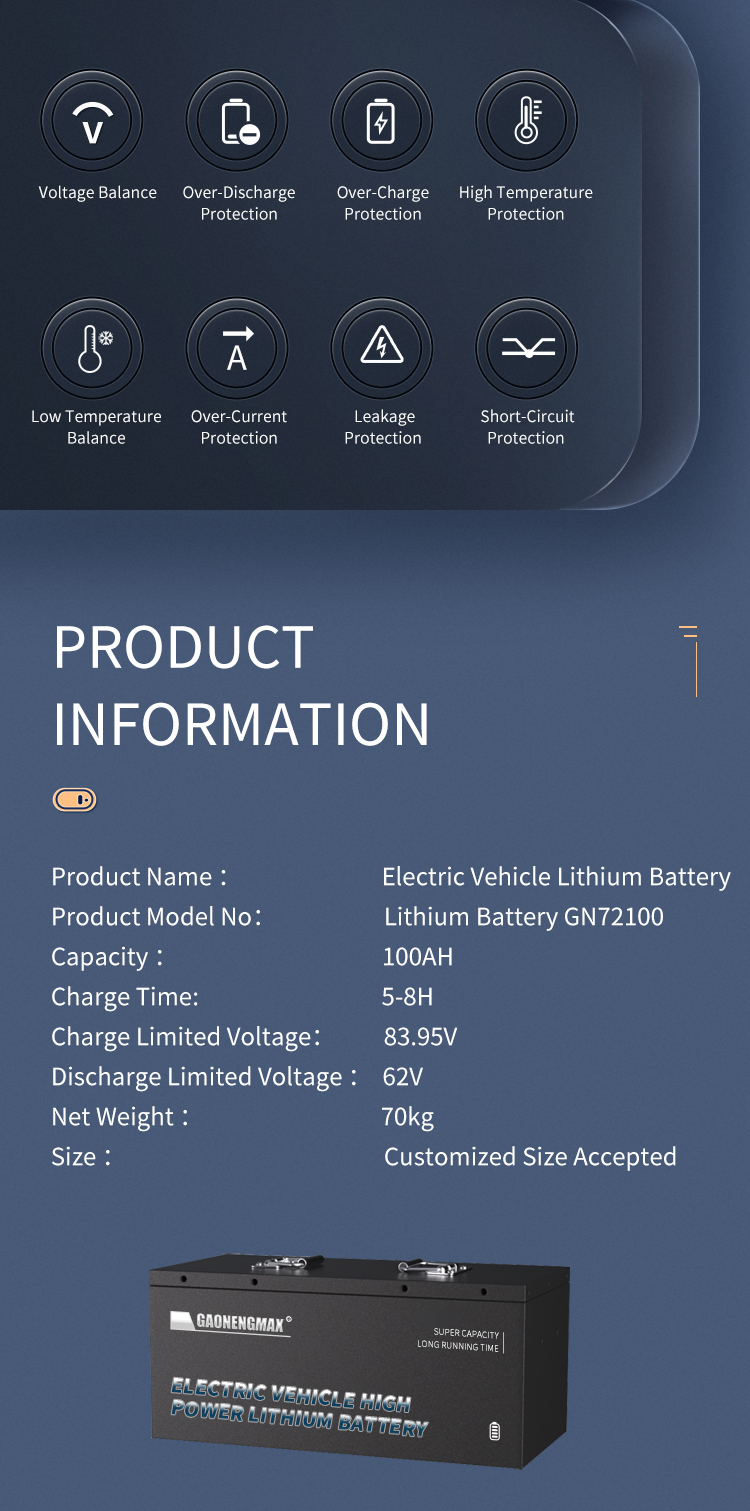



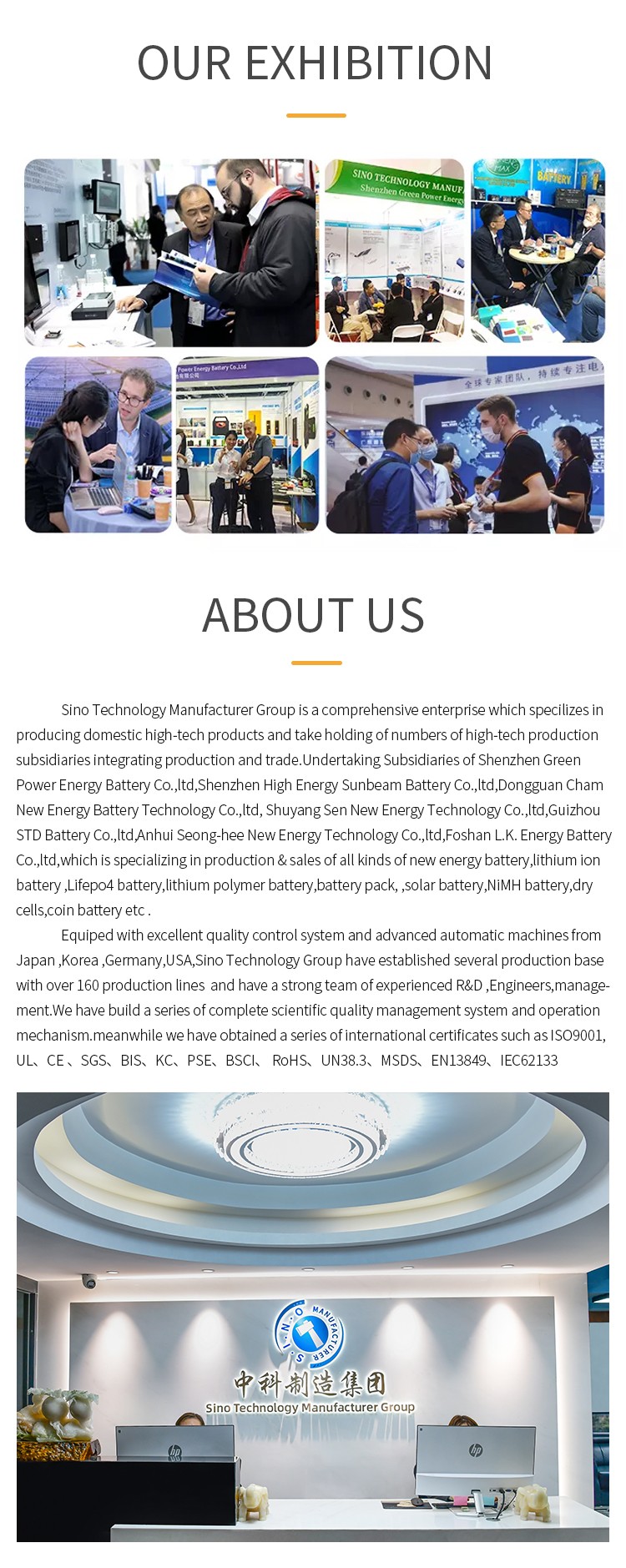































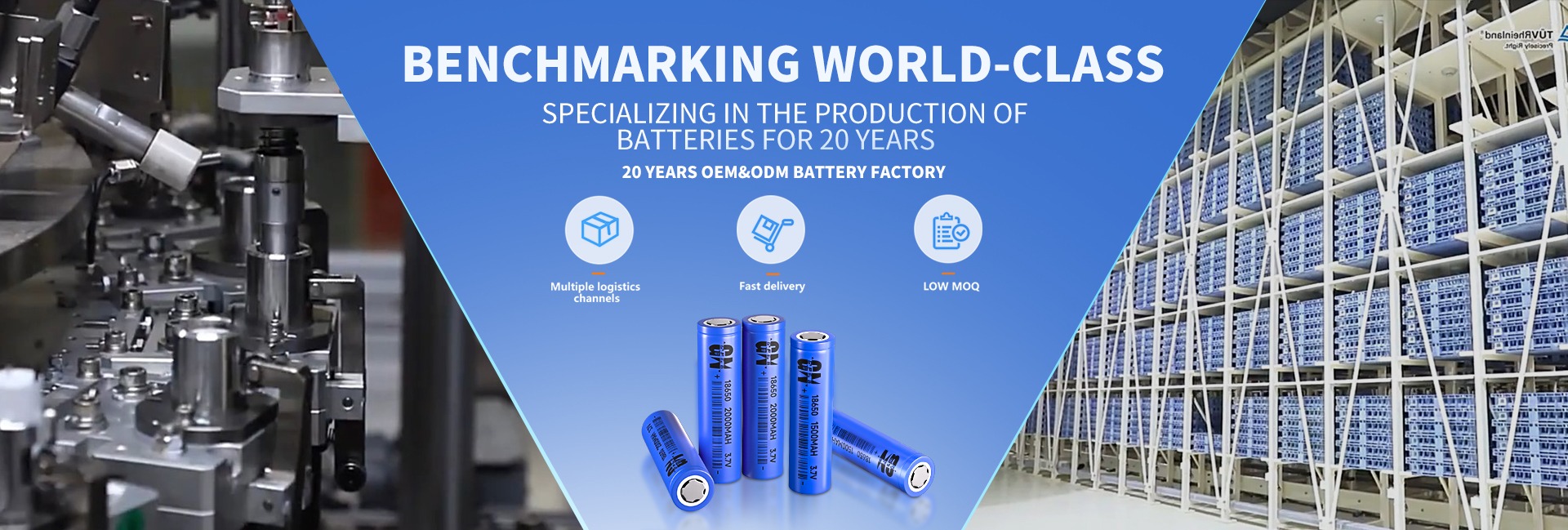
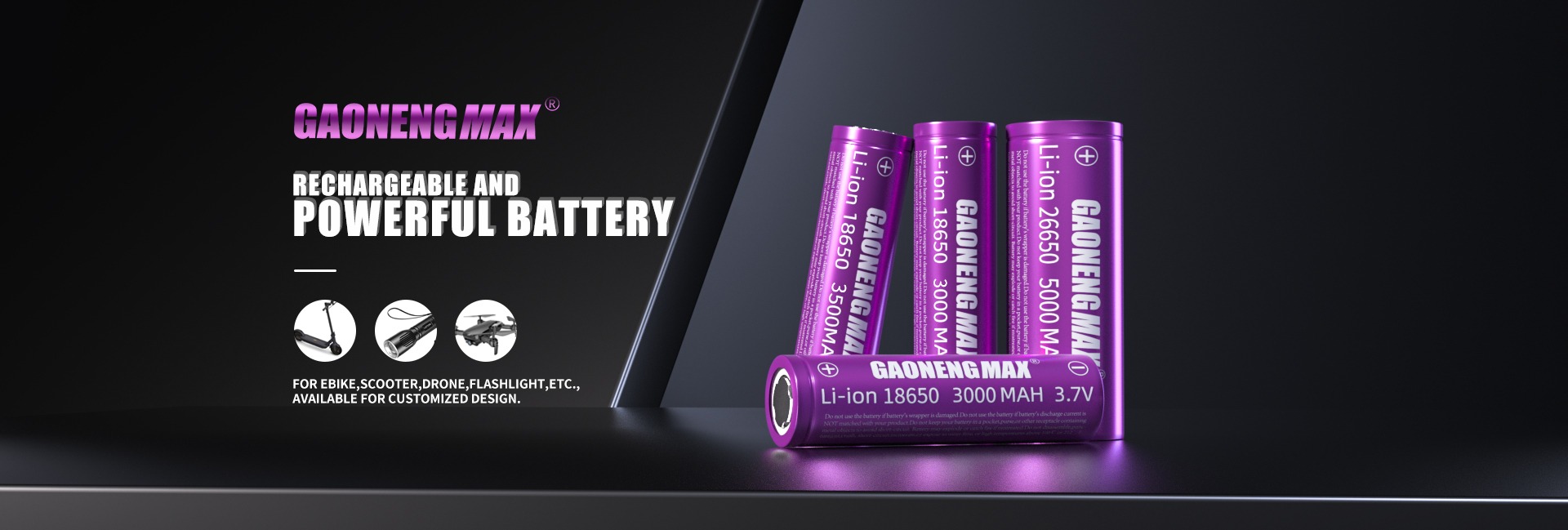
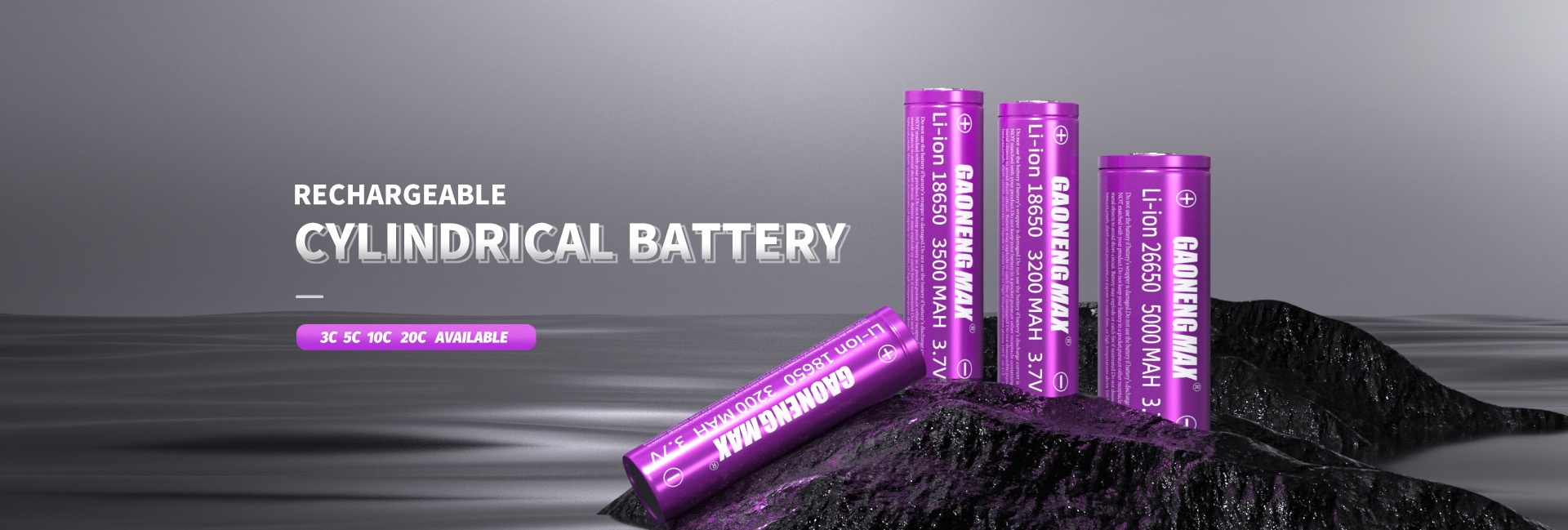
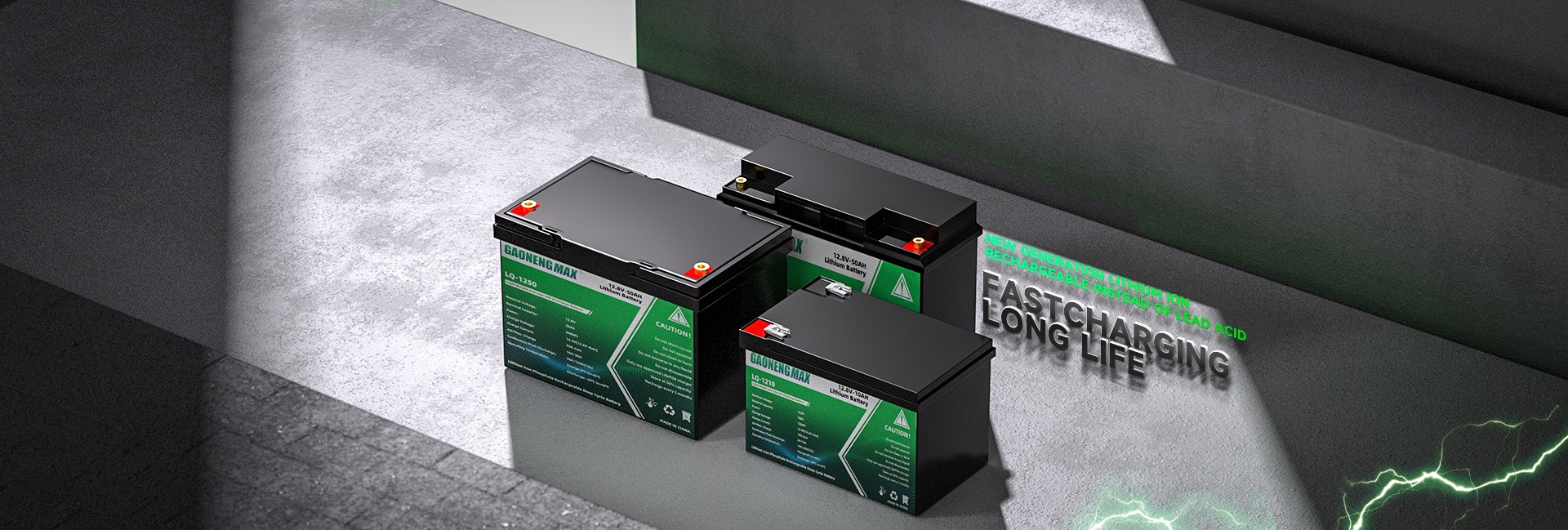


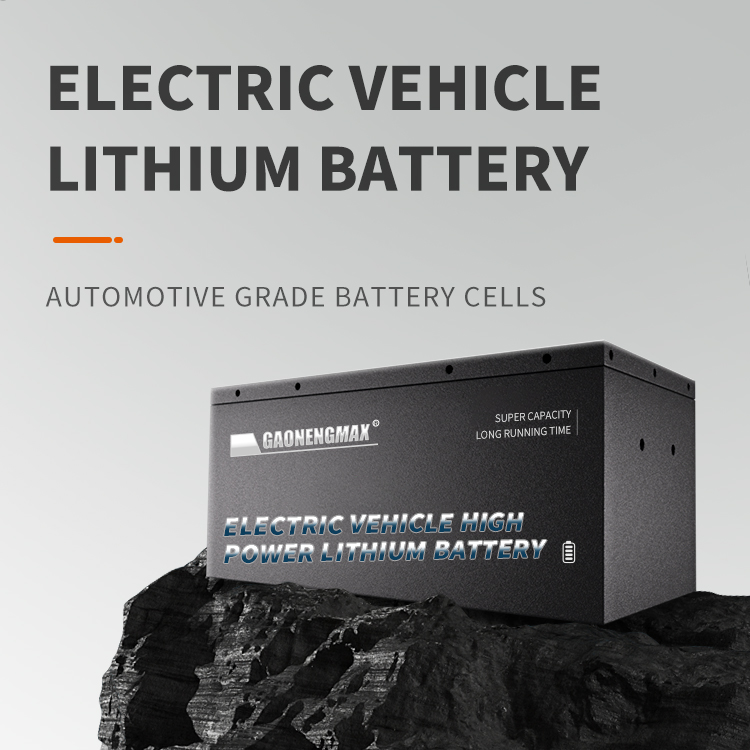
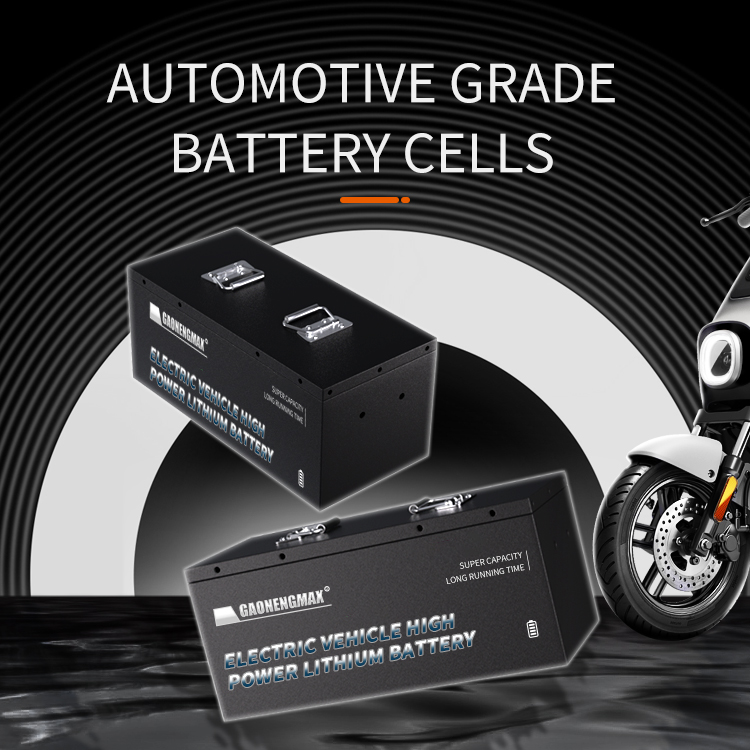
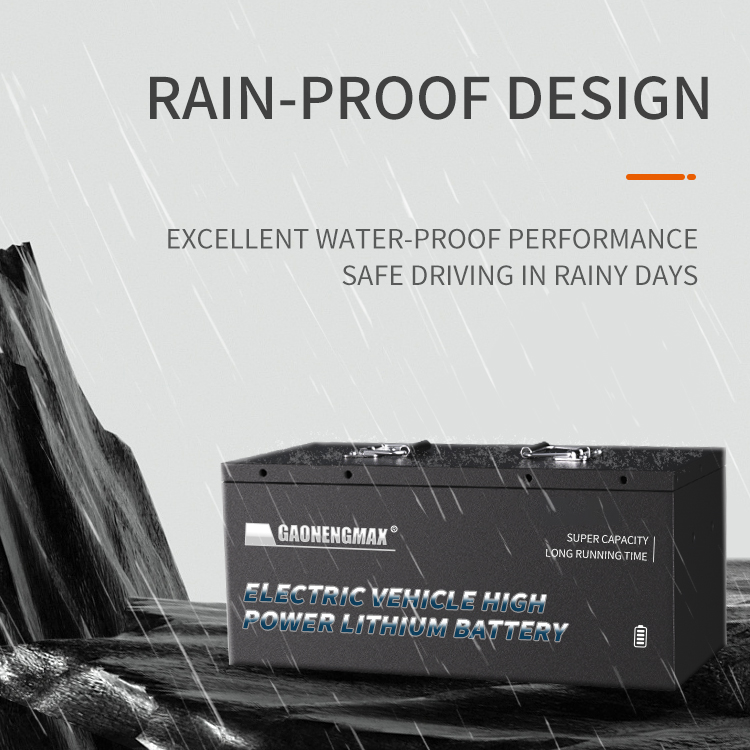
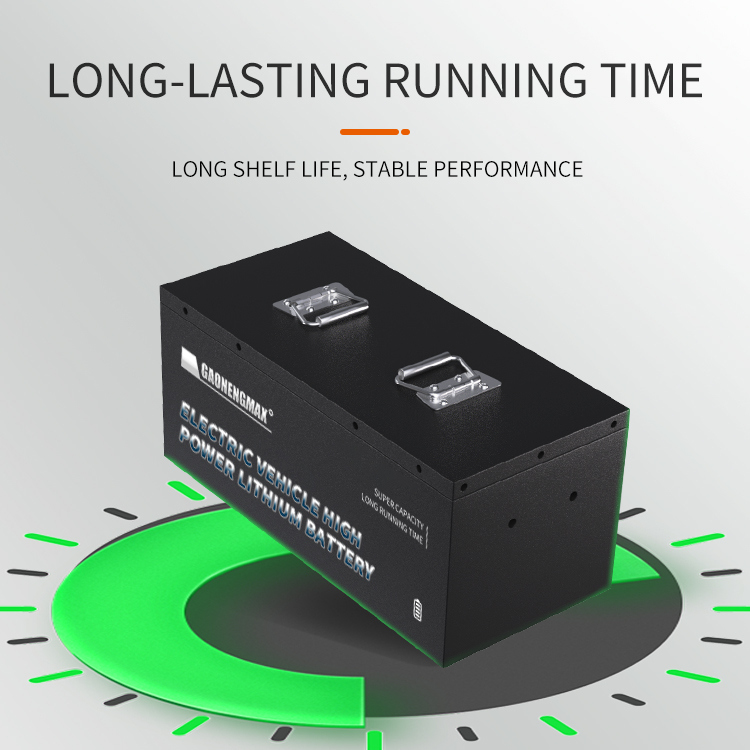
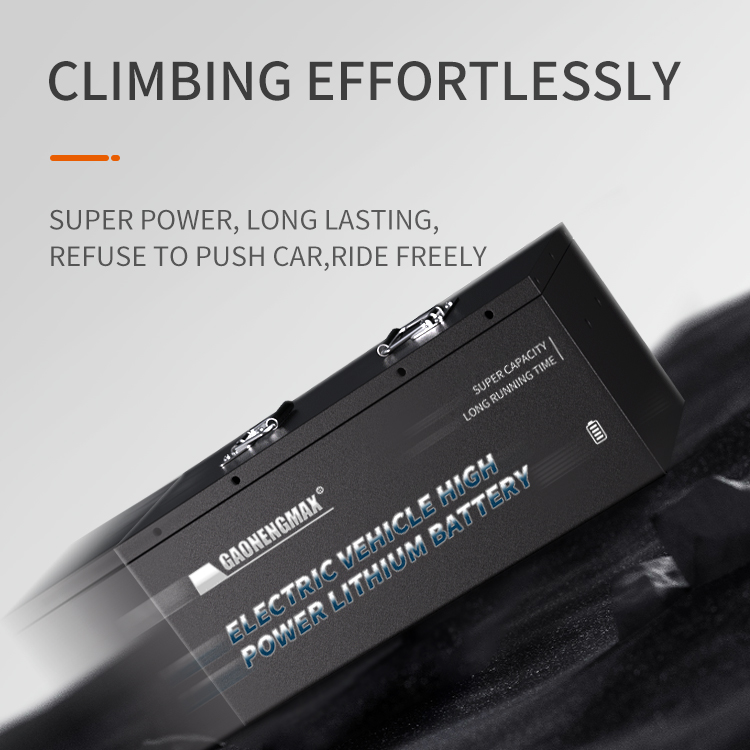

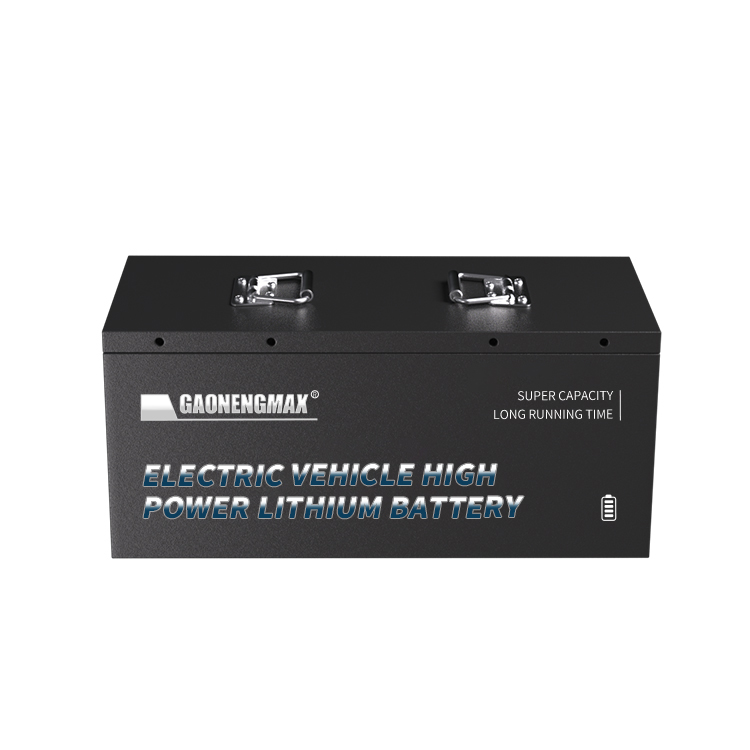














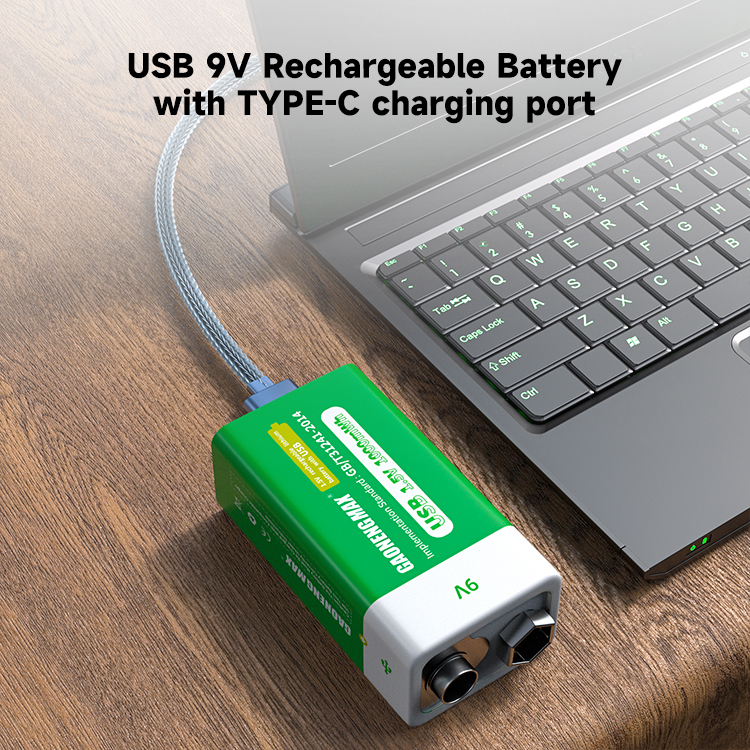
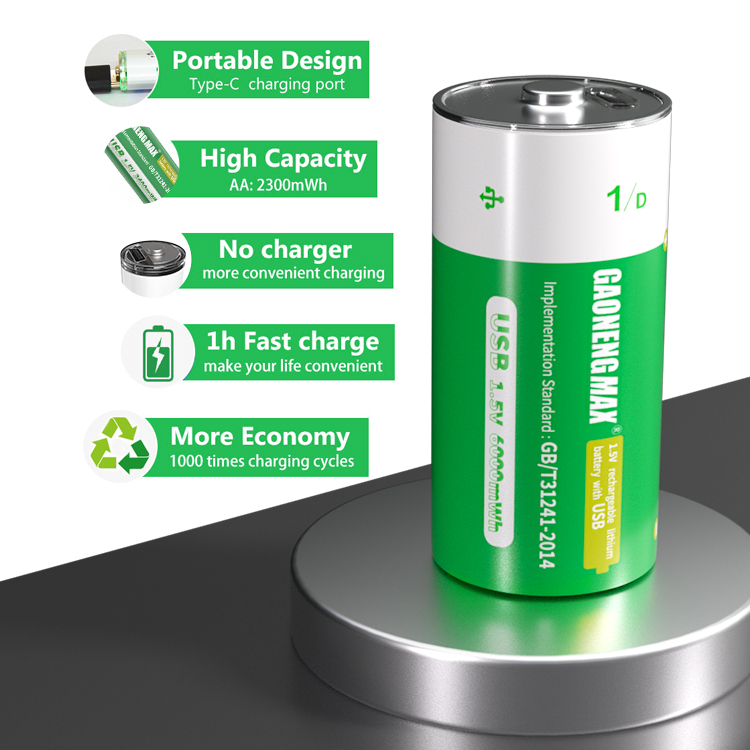


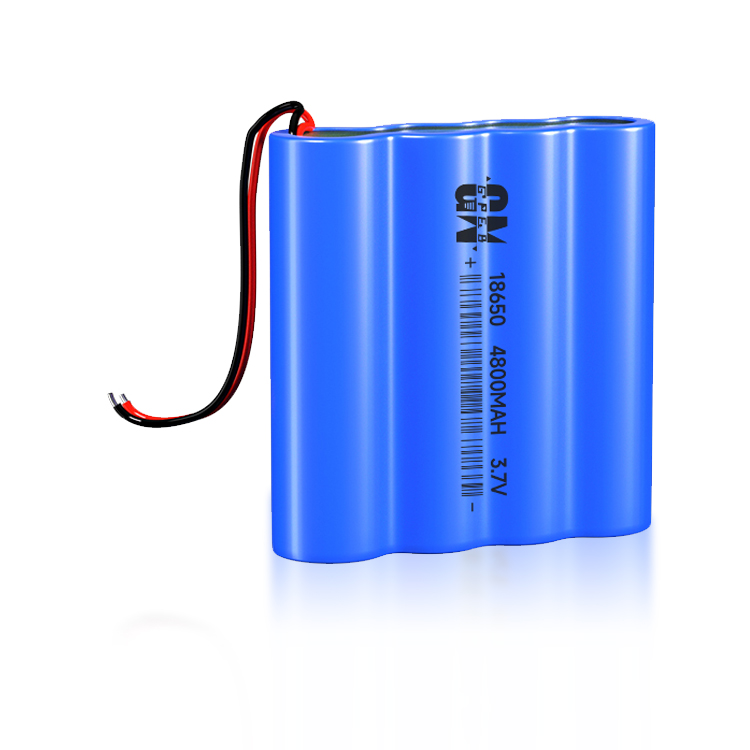
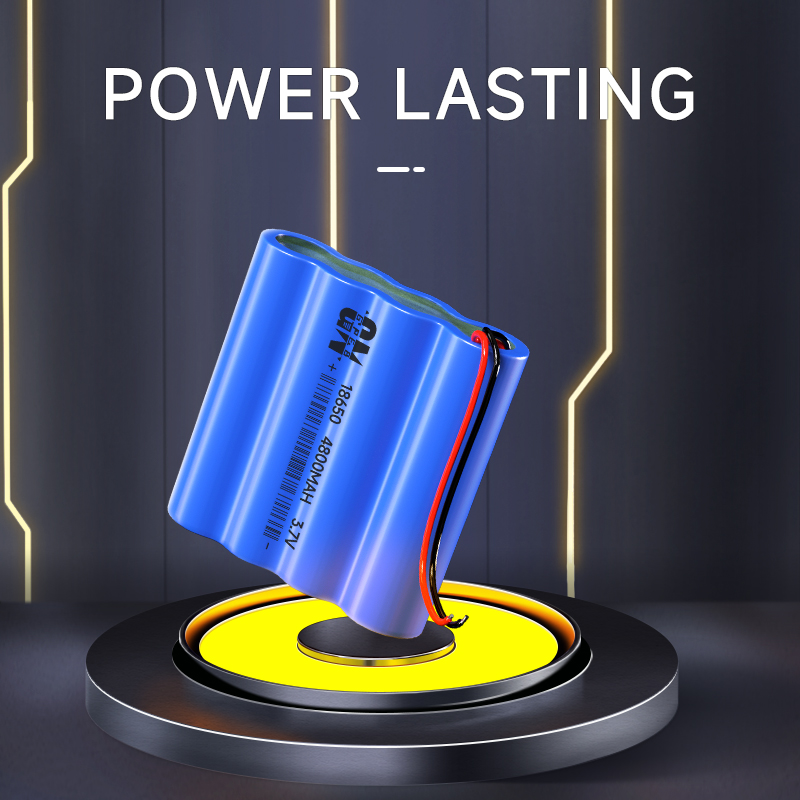


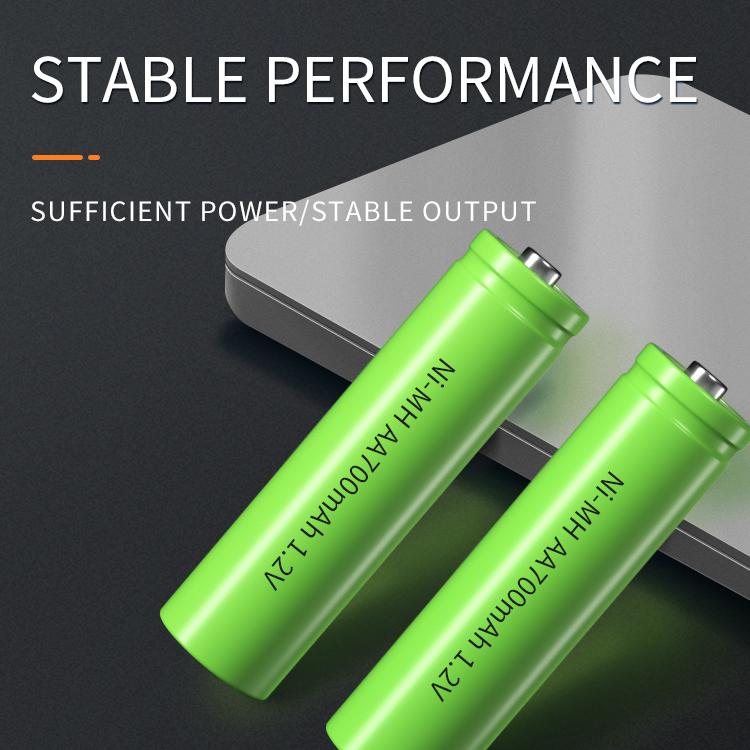
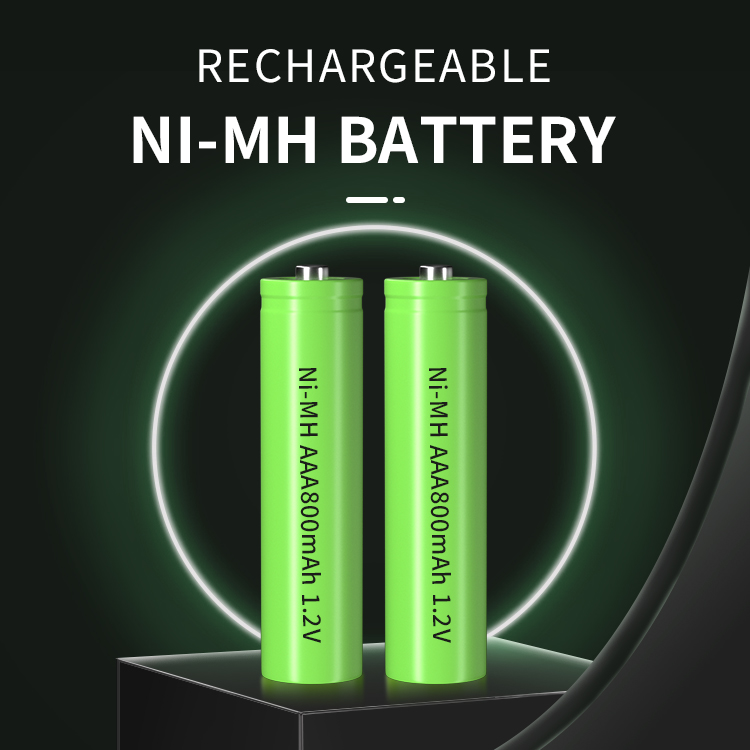
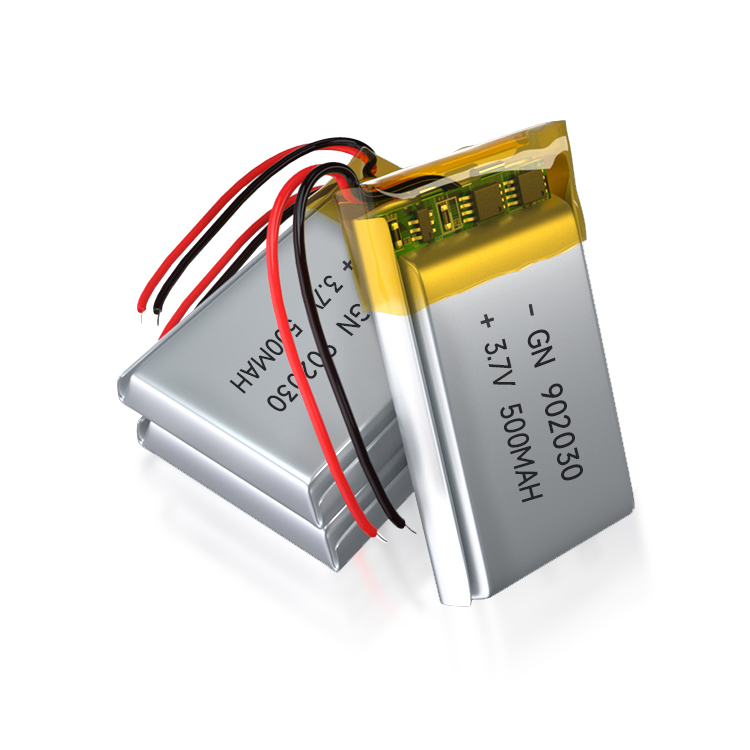
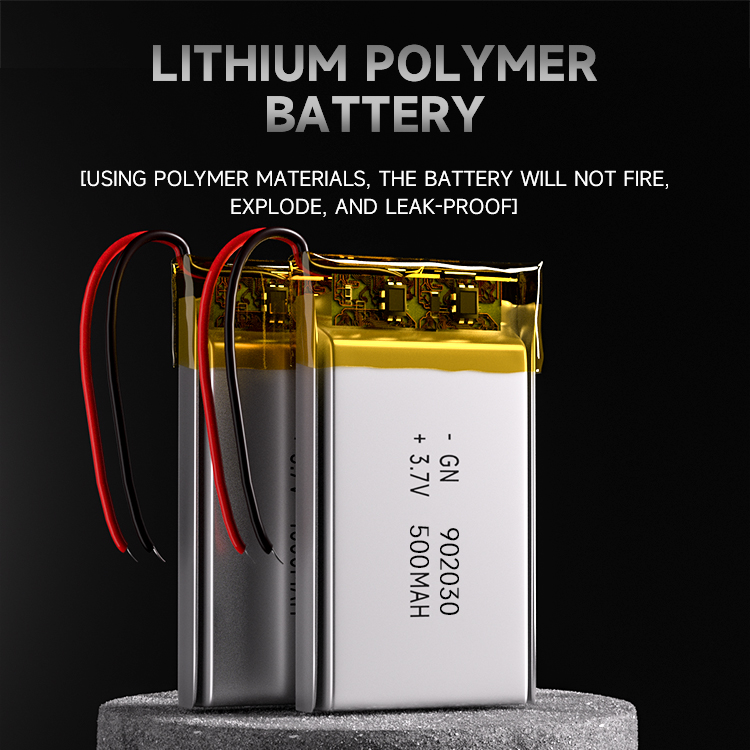
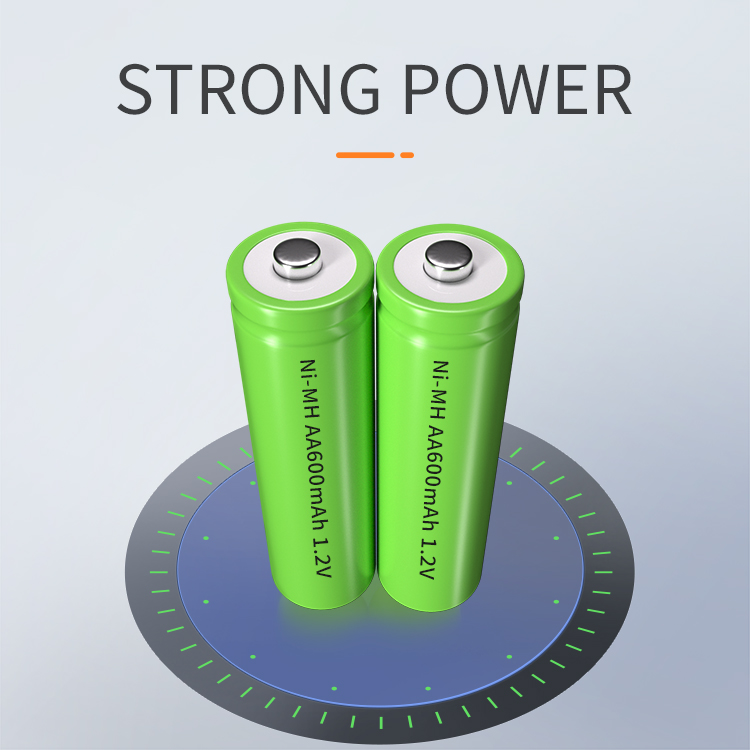













 360° FACTORY VR TOUR
360° FACTORY VR TOUR
 Whatsapp
Whatsapp
 Tel
Tel Email
Email TOP
TOP